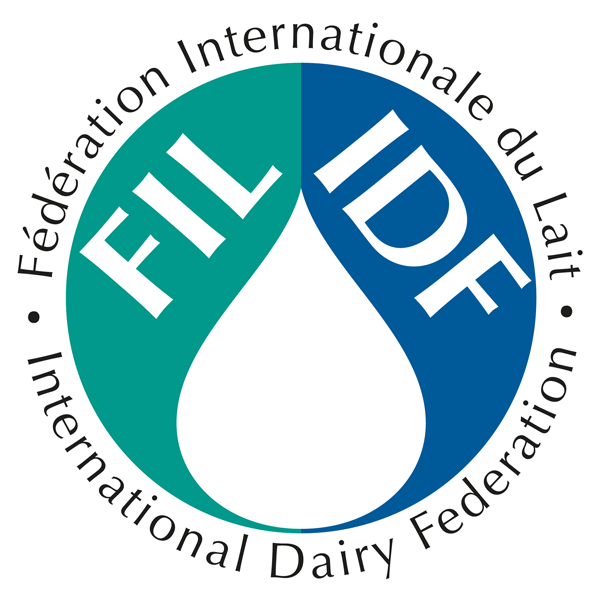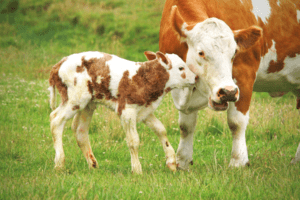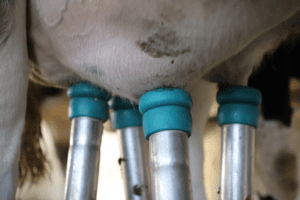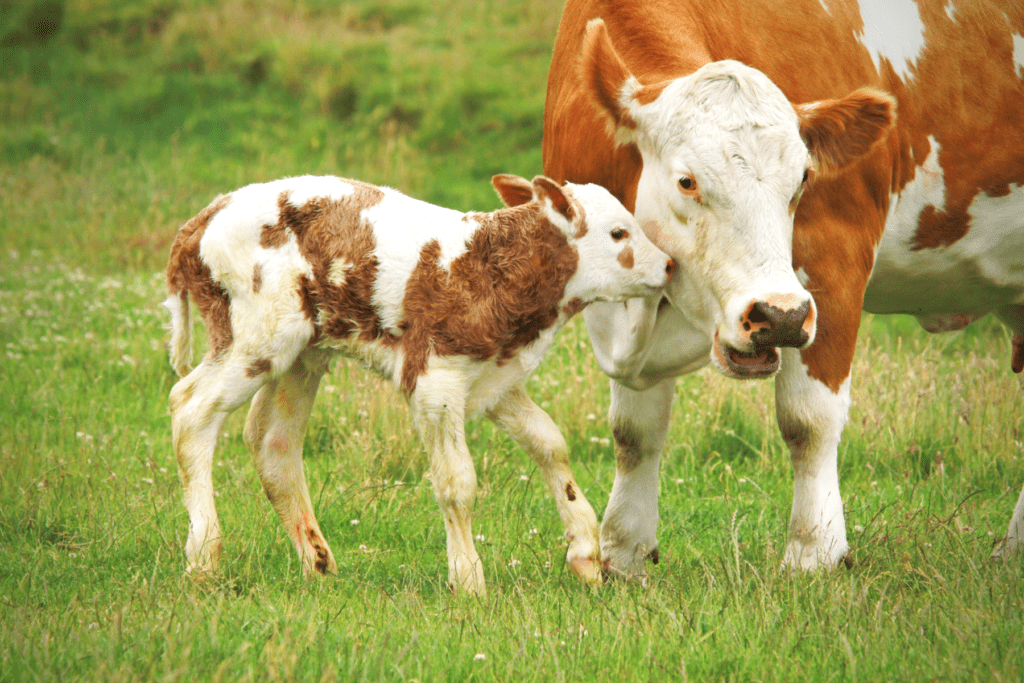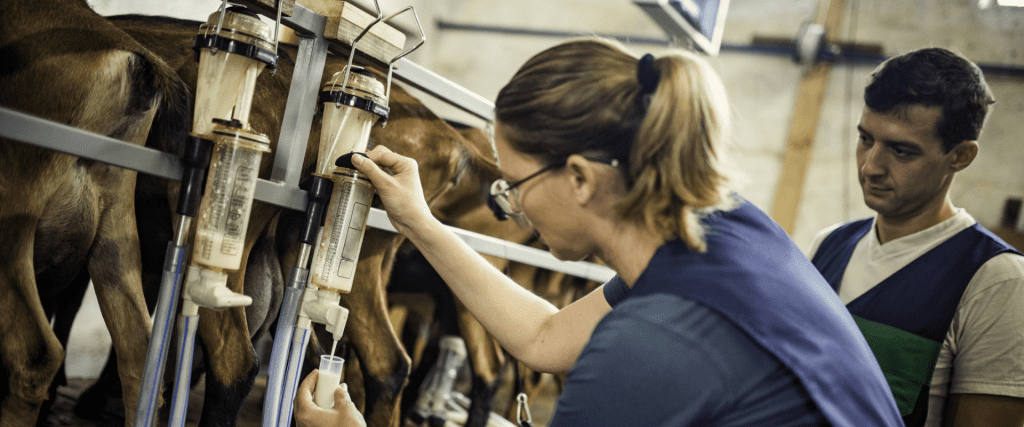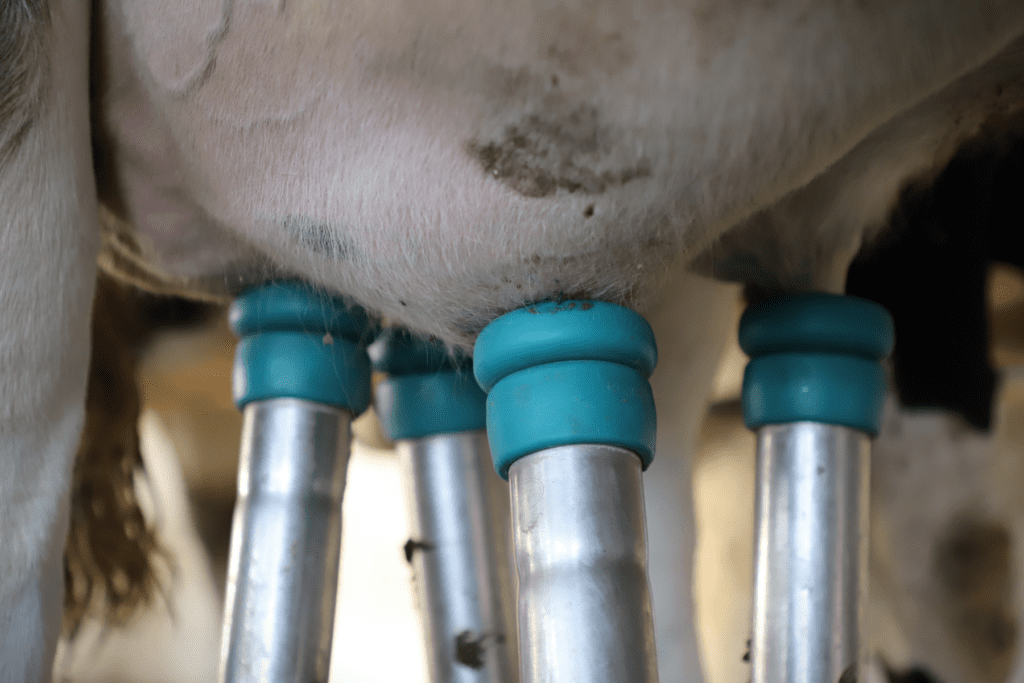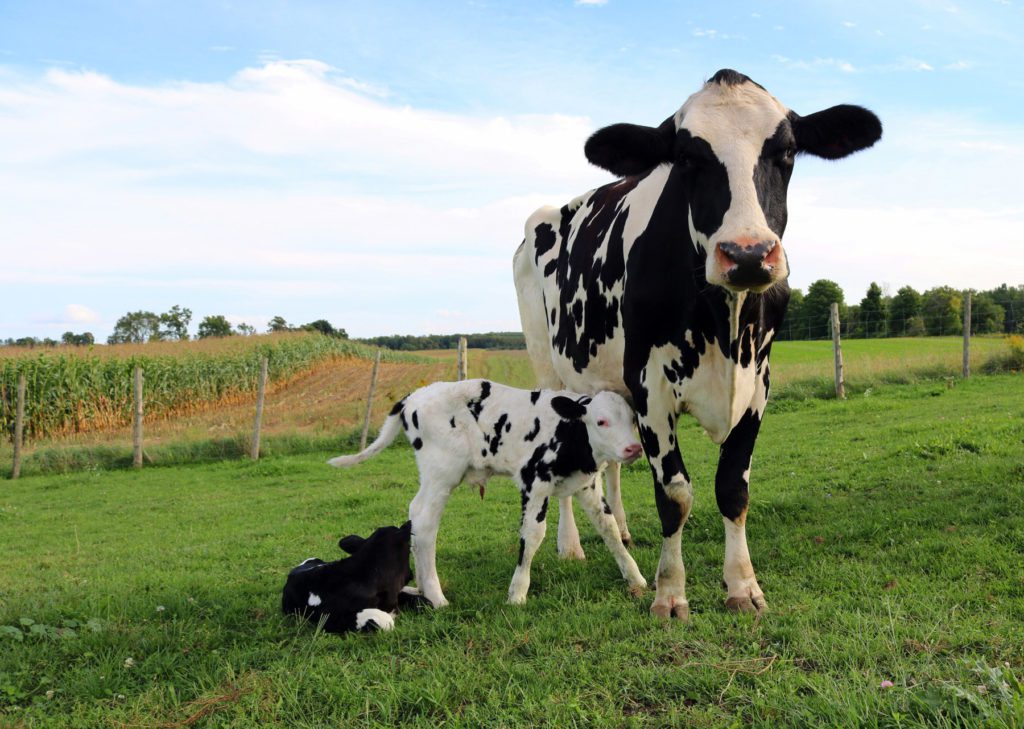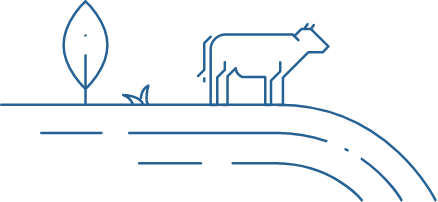Share this page
Animal feeding & nutrition
Adequate & sustainable feed & water is essential for a dairy animal’s health & productivity, as well as the quality & safety of its milk.
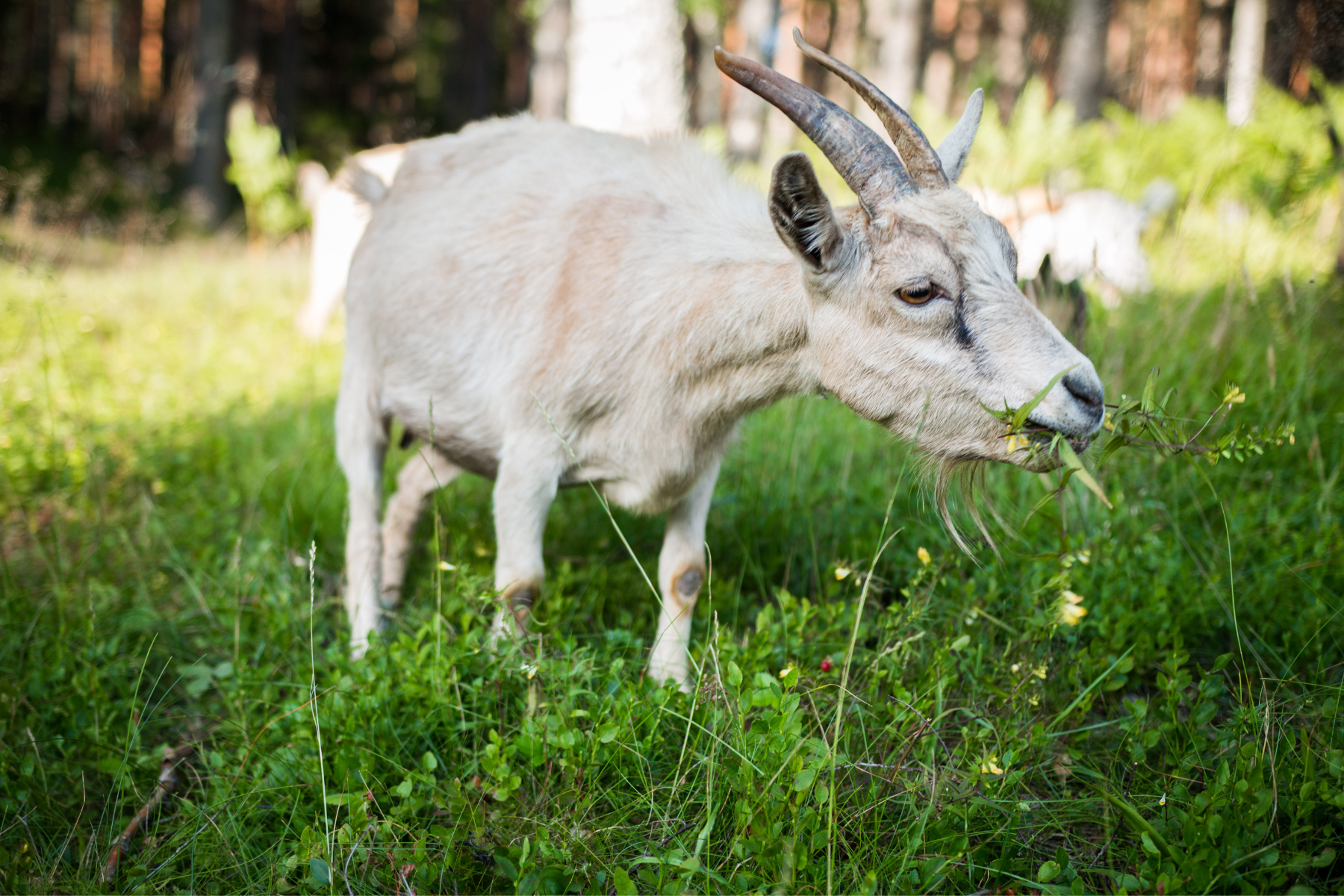
Animal feeding is the first step in the production of milk and affects the rest of the production chain. Good dairy farming practice for managing animal nutrition, both feeding and watering require that the farmer:
- Secure feed and water supplies from sustainable sources.
- Ensure animal feed and water are of suitable quantity and quality.
- Control storage conditions of feed.
- Ensure the traceability of feedstuffs brought on to the farm.
There is a diversity of animal feeding systems utilized for dairy animals around the world.
Accurate information on feeding systems is necessary for comprehensive life-cycle analysis of dairy production as a source of data to assist in modelling changes in a variety of production aspects (such as breeding technology, intensification and milk composition targets) prior to implementing actual changes.
The IDF, together with FAO and IFCN published a comprehensive review of dairy feeding systems. The review details:
- Ensuring the nutritional needs of animals are met
- Ensure the feed fed to dairy animals is fit for purpose and will not negatively impact the quality or safety of their milk or meat
- Ensure suitable quality water is provided and the supply is regularly checked and maintained
- Use different equipment for handling chemicals and feed stuffs
- Ensure chemicals are used appropriately on pastures and forage crops and observe withholding periods
- Only use approved chemicals for treatment of animal feeds or components of animal feeds and observe withholding periods.
These are explained in greater detail in the table below. If you would like to know more, please see World Mapping of Animal Feeding Systems in the Dairy Sector, produced by IDF, FAO and ICFN.
Dairy animals should be provided with sufficient feed and water daily, according to their physiological needs. The quality and quantity of the feed, including appropriate fibre, should reflect the animal’s age, body weight, stage of lactation, production level, growth, pregnancy, activity and climate.
Sufficient space and time need to be given for each animal to get access to feed and water. Good feeding management will reduce competitive pressure and diminish aggressive behaviours between individual animals.
It is vital to ensure the feed fed to dairy animals is fit for purpose and will not negatively impact the quality or safety of their milk or meat.
Dairy farmers should ensure that the feed fed to dairy livestock does not contain chemical residues, toxins or other contaminants that pose a risk to animal health or the safety or quality of milk or meat derived from these animals. This can be achieved by carefully following the label directions of agricultural chemicals used on pastures and crops being grown for stock feed on the farm. Assurance about previous chemical treatments and the feed’s suitability as a stock feed should be sought from off-farm suppliers.
It should also be ensured that there is restricted access to areas where contaminated feed or toxic plants may be consumed by dairy animals. Inspect feed for signs of contamination or spoilage prior to feeding.
Ensuring suitable quality water is provided and the supply is regularly checked and maintained.
Fence stock water supplies to protect them from unintentional contamination. Water supplies should be of suitable quality and free of excrement.
Many contaminants can enter water supplies and threaten the health or safety of people, livestock and the milking equipment rinsed with the contaminated water. The most common contaminants include pathogenic microorganisms and their toxins, as well as toxic chemicals such as pesticides, petroleum, solvents and nitrates.
Contact the relevant authorities and have the water tested if there are any concerns about the suitability of the water for animals to drink.
Use different equipment for handling chemicals and feed stuffs
Never mix agricultural chemicals and/or veterinary chemicals in equipment or facilities used to handle feed or water for dairy livestock. Residues can remain on equipment or cross contamination can occur via spills, air dispersal, back-siphoning effects etc.
Ensure chemicals are used appropriately on pastures and forage crops and observe withholding periods
Maintain stringent paddock records of all chemical applications to crops and pastures and ensure grazing withholding periods are closely observed.
Always follow the label for application rates and withholding times before allowing animals access to a treated field for grazing or forage harvesting.
Always follow regulated processes for spray technologies. Check pasture for signs of pesticide drift. Look for signs of herbicide damage on forage plants.
If signs are present, investigate further before allowing animals to graze. Be aware of the potential for spray drift when applying agricultural chemicals to pastures and crops.
Take adequate precautions when allowing stock to drink the water after spray applications.
Find out about the past and present use of chemicals on your farm and neighbouring properties as spray drift may be a potential source of residues.
When buying fodder or land, always obtain information on the paddock’s previous history of agricultural chemical use and/or conduct a soil or plant test if residues are suspected.
Only use approved chemicals for treatment of animal feeds or components of animal feeds and observe withholding periods
Only chemicals approved for use in dairy operations should be used. Chemicals should be managed in a manner that avoids their accidental introduction into the feed and water and, as a result, into milk.
Use chemicals in accordance with manufacturers’ recommendations. Check labels of all chemicals that are to be used around, on or in feeds or pastures for compatibility with food-producing animals, withholding requirements for milk, and proper application rates and concentration of products.
Withholding periods may also apply to pastures, forage crops and stored grains if they have been treated with an agricultural chemical. Different withholding periods may apply if the crop is also intended for human consumption.
Learn more about farm management
The breadth of issues IDF covers in its work is extensive. Find out more about the work we do
Reproduction and breeding
The importance of reproductive technologies to improve cattle & impacts on dairy sustainability.
Read MoreMilking hygiene
Dairy farmers implementing a quick, gentle, and effective milking routine assures the quality of the milk whilst keeping dairy animals healthy and str....
Read MoreRelated reports & publications
IDF provides a permanent source of authoritative scientific and other information on a whole range of topics relevant to the dairy sector.
Related news & insights
Keep up to date with the latest news and insights from leading experts in the global dairy sector.
Reproduction and breeding
The importance of reproductive technologies to improve cattle & impacts on dairy sustainability.
Read MoreAnimal Health & Welfare
IDF work on animal health and welfare focuses on dialogue and discussion on, and form consensus abou...
Read MoreMilking hygiene
Dairy farmers implementing a quick, gentle, and effective milking routine assures the quality of the...
Read MoreCalf care from birth to weaning
The animal health and welfare management of calves from birth to weaning is of great importance to t...
Read More